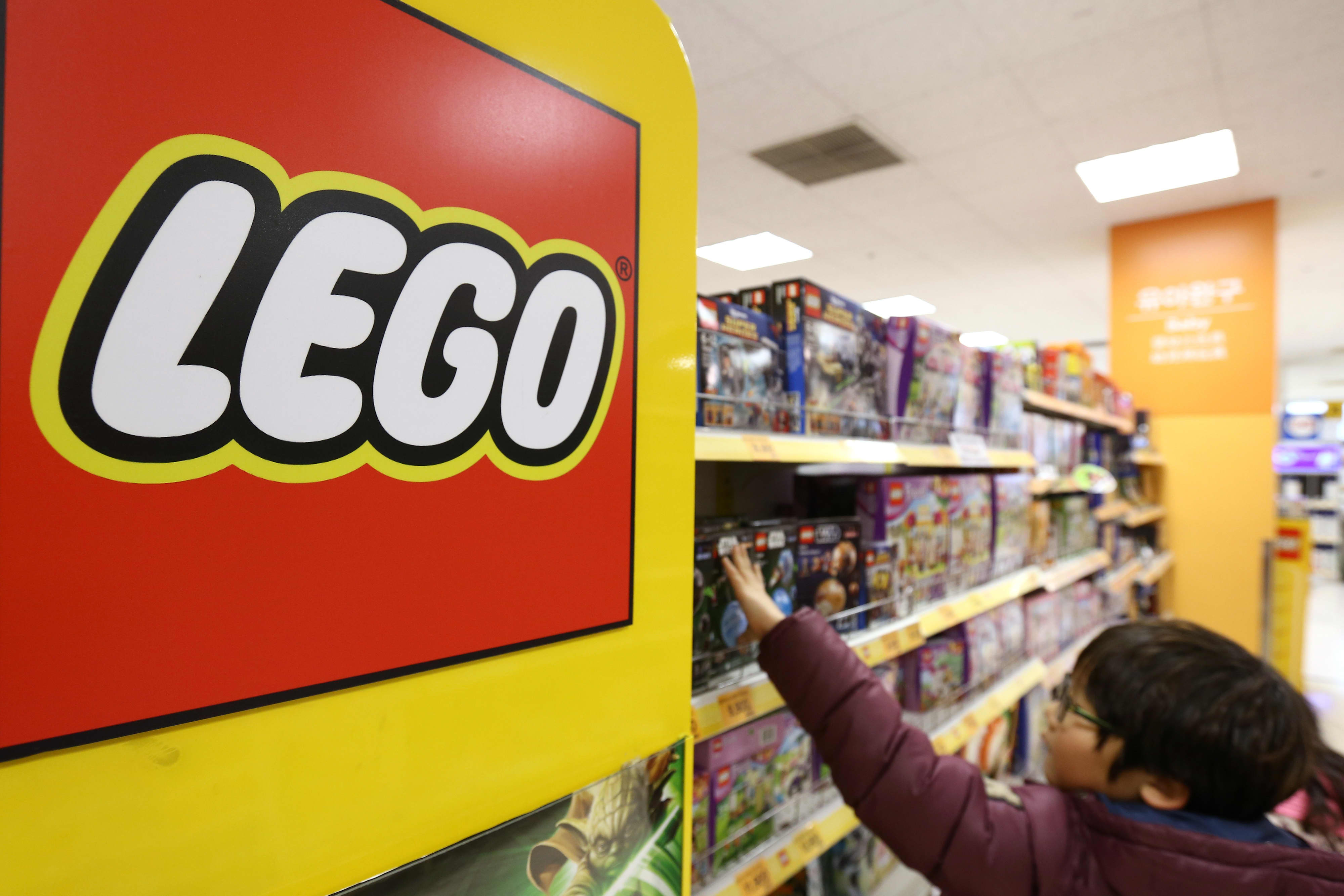Lego sales soared in 2020, but don’t just credit stay-at-home trends, it’s gaining fans in China

A boy selects a boxed Lego A/S toy at an E-Mart Co. store, a subsidiary of Shinsegae Co., in Incheon, South Korea, on Saturday, Dec. 21, 2013.
Bloomberg | Getty Images
There’s no doubt that the Lego brand has benefited from people spending more time at home during the pandemic, but the company is winning new business in China as well.
Lego said Wednesday that its consumer sales jumped 21% last year, the result of a broader product range, e-commerce investments paying off and a surge of growth in China.
“It is really a result of a tremendous effort by the entire organization, especially with all the things we’ve had to cope with throughout the year,” CEO Niels Christiansen told CNBC.
Due to the pandemic, Lego was forced to close manufacturing sites in Mexico and China, temporarily shutter some retail locations and saw its distribution costs rise as shipping became more expensive.
Despite these headwinds, the privately held Danish toymaker reported revenue for the year that topped 43.7 billion Danish krone, or about US$6.99 billion, up 13% compared with 2019.
Top-sellers ranged from classic Lego sets to themed product from Nintendo’s Super Mario and Disney’s Star Wars, Christiansen said.
“Our research does show that more families are building together,” he said.
While the pandemic may have encouraged consumers to buy more Lego sets to pass the time in lockdown, Christiansen said, it’s not the only reason sales were so strong during the year. The company is reaping the benefits of investments in its e-commerce business and new markets.
The number of visits to Lego.com last year doubled from the year prior, as many of Lego’s physical stores were forced to temporarily close. Customers had already been gravitating more to online shopping, but the coronavirus outbreak has accelerated the trends and it likely won’t be reversed.
“I’m not sure it’s going to go back,” Christiansen said.
A unique play experience that combines the open creative play of LEGO building toys for kids with an augmented reality app.
LEGO
Lego is ramping up recruitment for its digital and tech teams, Christiansen said. The company ultimately wants to be able to develop products at a faster pace and create platforms to house Lego content and for integrated play.
Still, traditional stores remain a key part of the brand’s strategy. In recent years, the toymaker has made a push into the Chinese market, opening dozens of physical locations.
While Lego has been part of the culture in other regions like the U.K. and the United States, parents in China did not grow up with the iconic colored blocks. And so, having places where kids can go and get their hands on the bricks and see the sets that can be built has been a boon to sales.
“Kids get to see what Lego is and play with it,” Christiansen said. “It’s a brand built on the physical.”
In 2020, Lego opened 134 retail locations, 91 of which were in China. The company currently has 678 Lego branded stores globally and has plans to add another 120, including 80 in China. The aim is to have around 300 Lego stores in China by the end of 2021.
China is already one of the company’s best markets, boasting double-digit growth in the last year.
Christiansen noted that sustaining the strong growth of 2020 won’t be easy, but that the company is well-positioned to continue being a dominant force in the global toy industry.
“I wouldn’t bet on 21% again, but what I do think is if we continue our long-term investments, then I believe we have the chance to outperform the market and take share,” Christiansen said.



